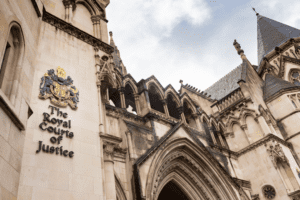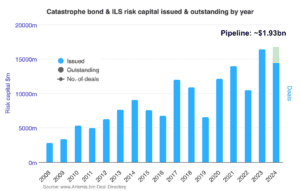What Fannie Mae is doing about climate risk's impact on mortgages

Climate risk can be tough to quantify, but doing so has grown in importance due to regulatory attention and increased difficulty obtaining property insurance coverage for it.
In response, Fannie Mae Chief Climate Officer Tim Judge is using his background in analytics and modeling to try to predict and address its impact on the government-sponsored enterprise’s sizable mortgage portfolio. It’s an important risk to manage for mortgage companies, homebuyers and taxpayers because Fannie buys a significant number of the loans made in the United States and is held in government conservatorship.
Judge has been working for almost two years on a long-term effort to assess the accuracy of internal and external data and modeling at Fannie. He identifies the largest risk as flooding but looks at many others that range from wildfires and the shift to renewable energy sources to derechos, a wind condition associated with thunderstorms.
Judge also has worked to stage community outreach efforts and surveys aimed at building consumer awareness about risks and sharing information about what they can do to make their homes more resilient. He has used multiple channels, including social media, to do this and also worked to ensure the distribution of information is in line with Fannie’s equitable housing plan, which aims to reduce racial disparities in residential real estate.
Read on to learn more about Judge, the evolution of his role at Fannie Mae, and the property risk that mortgage companies and borrowers face. The excerpts that follow have been edited for clarity.





